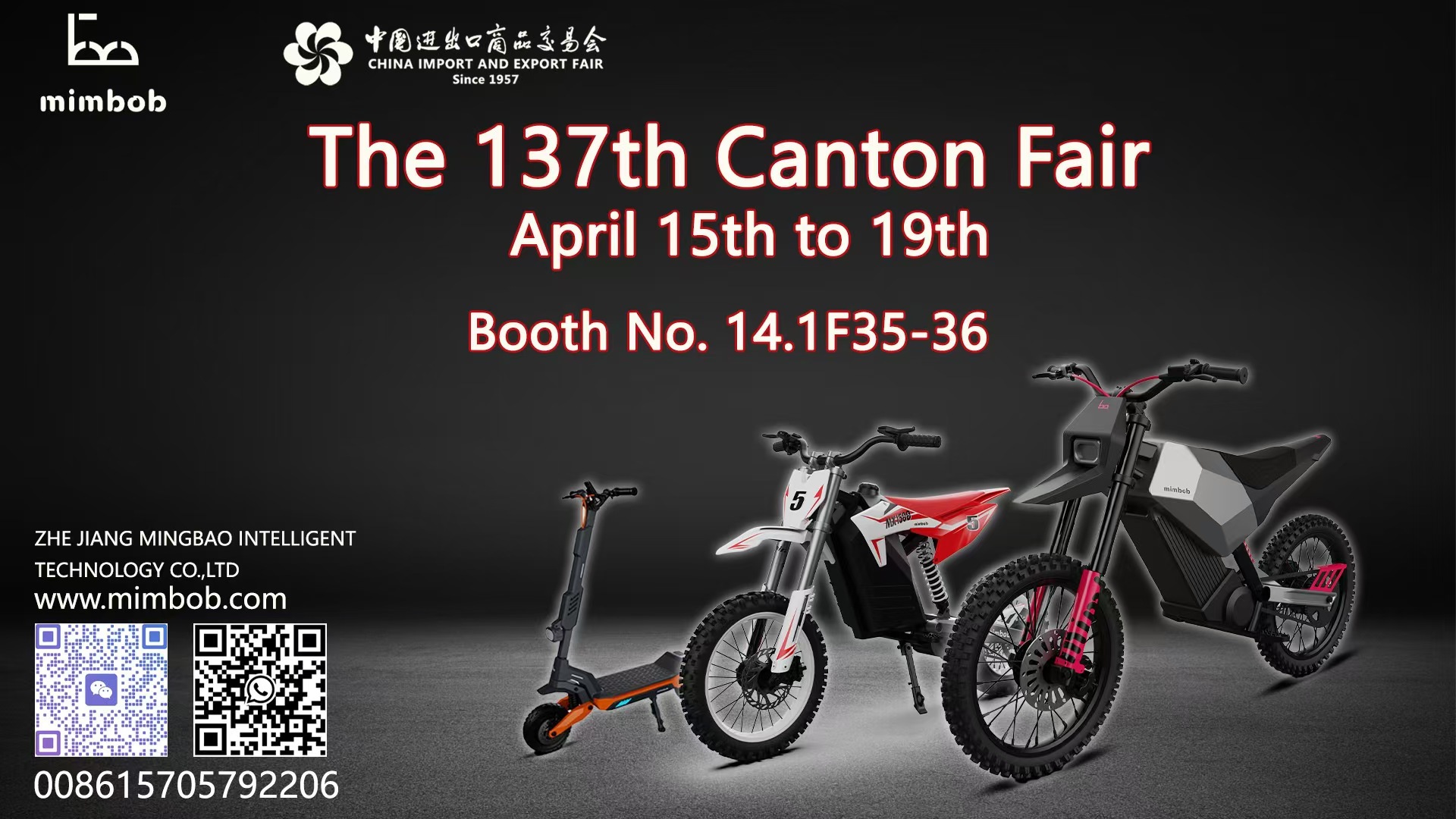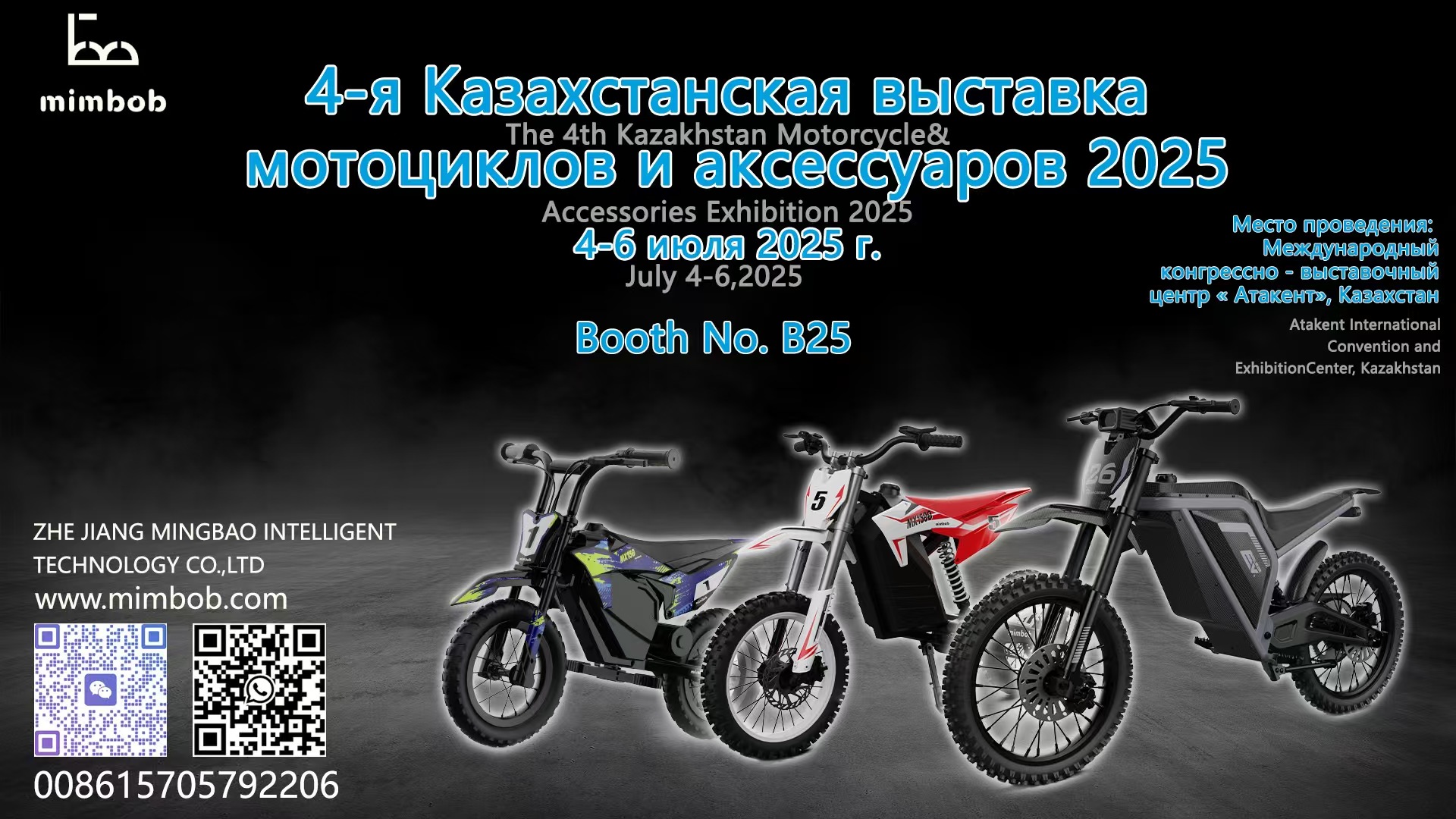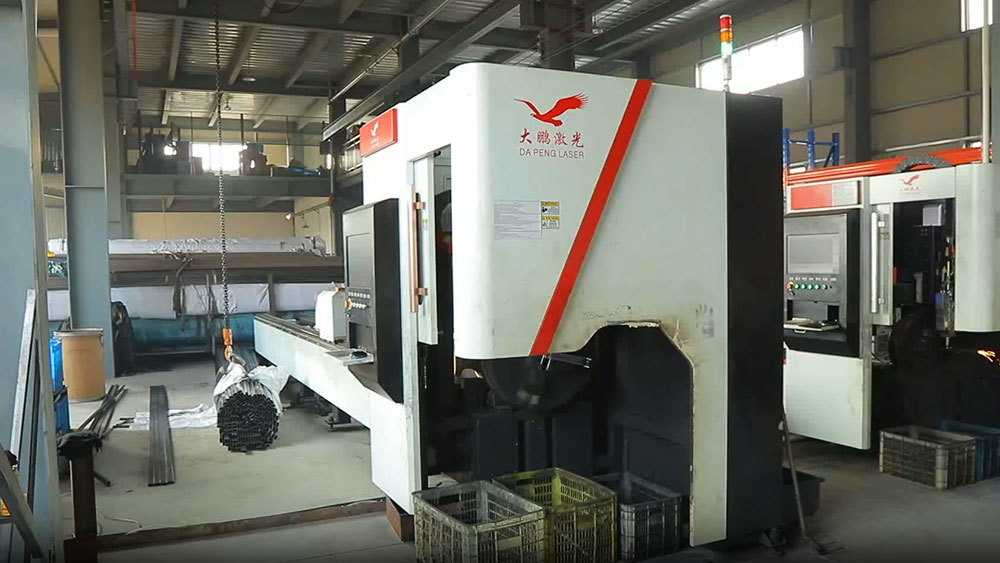Blogs

Exploring the Future of High-Performance Electric Motorcycles
04 May,2025
The advent of high-performance electric motorcycles marks a significant evolution in the motorcycle industry, blending cutting-edge technology with the thrill of riding. These machines are not just sustainable alternatives to traditional motorcycles; they are redefining performance standards on two wheels.
One of the most compelling aspects of high-performance electric motorcycles is their impressive acceleration and top speeds. Thanks to advancements in electric motor technology and battery design, many electric motorcycles can generate maximum torque almost instantaneously. This means riders can experience rapid acceleration without the lag often found in combustion engines. Riders looking for an adrenaline rush can find themselves enjoying the smooth and potent acceleration that these electric models offer.
Another crucial factor contributing to their appeal is the ongoing development of battery technology. Modern high-performance electric motorcycles are equipped with advanced lithium-ion batteries that enhance not only the range but also the longevity of the vehicle. With improvements in energy density, riders can expect to travel longer distances on a single charge, making long rides more feasible. Moreover, fast-charging capabilities are becoming increasingly common, allowing riders to quickly recharge their motorcycles during pit stops.
From an environmental perspective, high-performance electric motorcycles play a vital role in reducing carbon emissions. The shift towards electric mobility is part of a broader movement to combat climate change and enhance urban air quality. Electric motorcycles produce zero tailpipe emissions, significantly decreasing the amount of harmful pollutants released into the atmosphere compared to traditional gas-powered motorcycles. This environmentally friendly aspect aligns with the growing consumer demand for sustainable transportation options.
In addition to performance and sustainability, the digital integration in high-performance electric motorcycles cannot be overlooked. Many models come equipped with smart technology that enhances the riding experience. Features such as real-time performance monitoring, navigation systems, and connectivity with smartphones are becoming standard. This integration not only improves the rider's interaction with the motorcycle but also facilitates better safety and maintenance monitoring.
As the market for high-performance electric motorcycles continues to grow, manufacturers are innovating at a rapid pace. The competition is fostering an environment that incentivizes the development of even more powerful and efficient electric models. For enthusiasts and casual riders alike, the future of two-wheeled transportation looks promising, with high-performance electric motorcycles leading the charge.
In summary, high-performance electric motorcycles represent a significant shift in the automotive landscape, combining exhilarating performance with environmental consciousness. As technology continues to advance, these motorcycles are poised to become an integral part of the future of mobility, drawing in a new generation of riders who value speed, sustainability, and connectivity.
One of the most compelling aspects of high-performance electric motorcycles is their impressive acceleration and top speeds. Thanks to advancements in electric motor technology and battery design, many electric motorcycles can generate maximum torque almost instantaneously. This means riders can experience rapid acceleration without the lag often found in combustion engines. Riders looking for an adrenaline rush can find themselves enjoying the smooth and potent acceleration that these electric models offer.
Another crucial factor contributing to their appeal is the ongoing development of battery technology. Modern high-performance electric motorcycles are equipped with advanced lithium-ion batteries that enhance not only the range but also the longevity of the vehicle. With improvements in energy density, riders can expect to travel longer distances on a single charge, making long rides more feasible. Moreover, fast-charging capabilities are becoming increasingly common, allowing riders to quickly recharge their motorcycles during pit stops.
From an environmental perspective, high-performance electric motorcycles play a vital role in reducing carbon emissions. The shift towards electric mobility is part of a broader movement to combat climate change and enhance urban air quality. Electric motorcycles produce zero tailpipe emissions, significantly decreasing the amount of harmful pollutants released into the atmosphere compared to traditional gas-powered motorcycles. This environmentally friendly aspect aligns with the growing consumer demand for sustainable transportation options.
In addition to performance and sustainability, the digital integration in high-performance electric motorcycles cannot be overlooked. Many models come equipped with smart technology that enhances the riding experience. Features such as real-time performance monitoring, navigation systems, and connectivity with smartphones are becoming standard. This integration not only improves the rider's interaction with the motorcycle but also facilitates better safety and maintenance monitoring.
As the market for high-performance electric motorcycles continues to grow, manufacturers are innovating at a rapid pace. The competition is fostering an environment that incentivizes the development of even more powerful and efficient electric models. For enthusiasts and casual riders alike, the future of two-wheeled transportation looks promising, with high-performance electric motorcycles leading the charge.
In summary, high-performance electric motorcycles represent a significant shift in the automotive landscape, combining exhilarating performance with environmental consciousness. As technology continues to advance, these motorcycles are poised to become an integral part of the future of mobility, drawing in a new generation of riders who value speed, sustainability, and connectivity.
Related Blogs

















